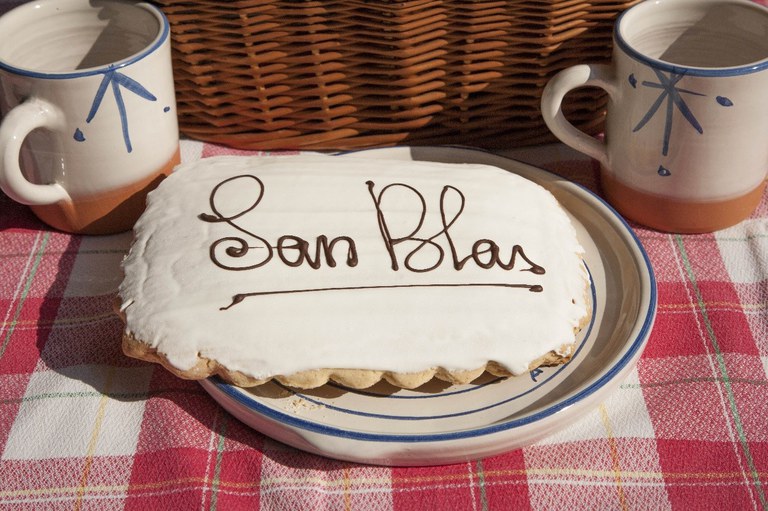Tourism and environment
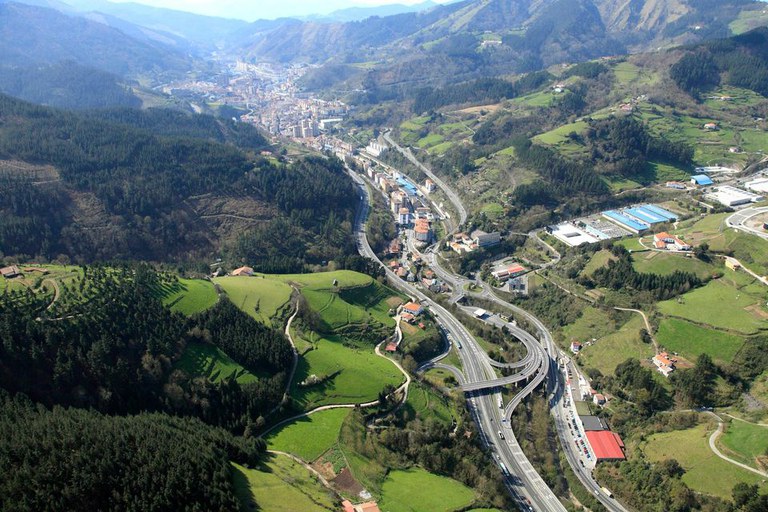
Eibar
For centuries Eibar has been one of the nerve centres of industry in Gipuzkoa, largely thanks to arms production, earning it the nickname of “arms city”.In the 20th century it moved on from the arms industry to diversify its activity, reclaiming land from the surrounding hills with clever solutions that can still be seen today in its streets.
To learn more about this history, and about the Museum, you can visit the small exhibition at the Armoury School, or the room displaying sewing machines at the Alfa offices. Consult the tourist map of Eibar here for directions.
HERITAGE
Not everything in Eibar is industry. As the regional capital and most populated municipality, the city has significant elements of architectural heritage, both civil and religious. Very close to the Museum is St Andrew’s Church, built between the 16th and 17th centuries, with a particularly impressive altarpiece. In the centre of the city, in Unzaga Square, is the City Hall, opened in 1901 and neoclassical in style. The building is worthy of note for having been the first place to raise the Republican flag, on 14th April 1931. On the outskirts of the city, in the Azitain district there is an interesting chapel, containing one of the only three representations in the world of a beardless Christ. And we mustn’t forget the Sanctuary of Arrate, patron saint of Eibar and the place to which religious processions are made in early September. The area is also home to the Civil War Front Interpretation Centre, a memorial space covering the events from 1936 to 1937, when the war front was located in Arrate.
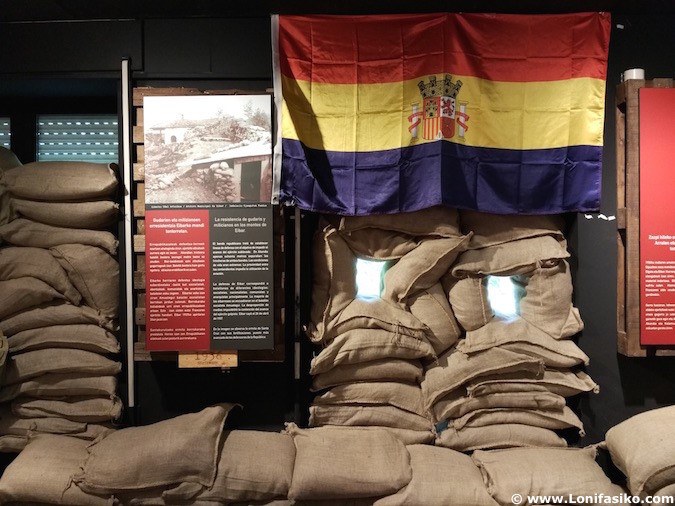
SPORT
Sports enthusiasts will find heaps to do and see in Eibar. Ipurua Municipal Stadium, home ground of the S.D. Eibar football team, has the honour since 2014 of being the smallest stadium in the First Division. A tour of its museum and pitch are not to be missed by football lovers. Another historic building is the Astelena Pelota Court, opened in 1904, home to games of the very highest level, as well as numerous social functions and events. And we mustn’t forget cycling; every year a stage of the Itzulia or Tour of the Basque Country ends at the top of the Alto de Arrate, which has also been the setting for the end of a stage in Spain’s La Vuelta.
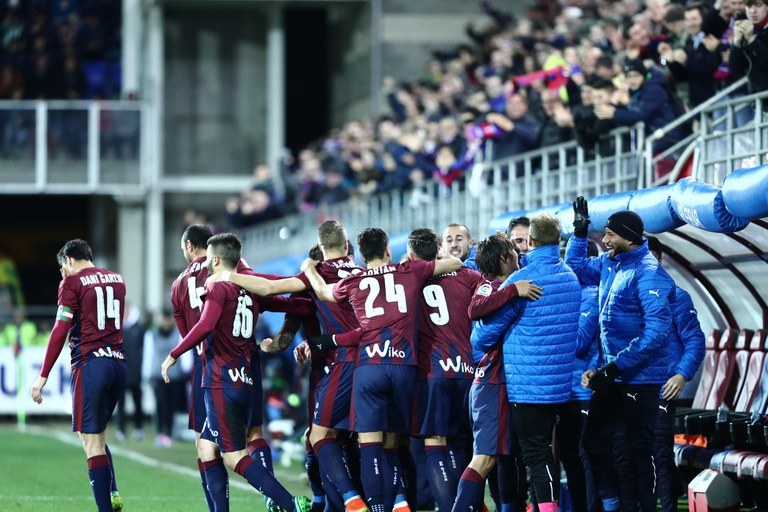
ART AND CULTURE
Eibar, as capital of the region, has an intense cultural life. Portalea Cultural Centre, home to the Museum, has spaces used to house exhibitions, talks, screenings, workshops and much more. The Coliseo Theatre, opened in 1949, is the hub of the Theatre Festival, as well as serving as the venue for concerts, other events and film screenings on weekends. And if that wasn’t enough, the city has an interesting collection of public art, including a sculpture by Jorge Oteiza.
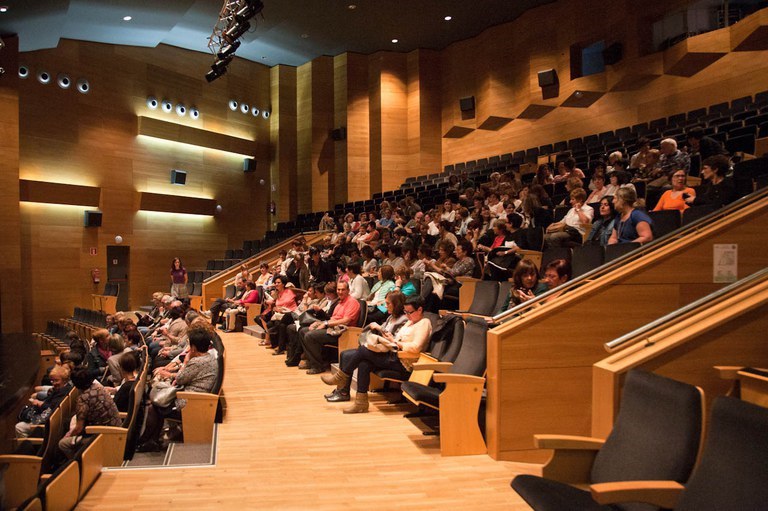
GASTRONOMY AND SHOPPING
Eibar has everything you could need, including fine places to eat and shop. In the centre, above all in Toribio Etxebarria and Egogain streets, you will find all sorts of shops and a wide variety of places to stop for something to eat or drink. March is the month of the Gilda Competition, while the Pintxo and Cod Competitions run in November. Various restaurants in which to treat yourself can also be found in and around Arrate.
DEBABARRENA – EVERYTHING WITHIN HAND’S REACH
Eibar is the most populated municipality and capital of the Debabarrena region, made up of 8 towns: 2 in the province of Bizkaia and 6 in Gipuzkoa: Deba, Eibar, Elgoibar, Ermua, Mallabia, Mendaro, Mutriku and Soraluze. Thanks to its coastal location, and the fact that it is almost equidistant from the three Basque capitals, Debabarrena is the ideal base for exploring the Basque Country. The region offers beaches and mountains, industrial and cultural heritage, gastronomy and active tourism. Discover the 10 reasons for visiting Debabarrena here and learn
verything about its towns and villages here.
THE BASQUE COAST
Deba and Mutriku, the Debabarrena region’s two coastal towns, sit within the Basque Coast UNESCO Geopark. The coastal strip has beaches and impressive cliffs from which you can observe the flysch in its full splendour. And there are also plenty of places to surf, dive or visit by boat. Discover all of the secrets of the Debabarrena coast here.
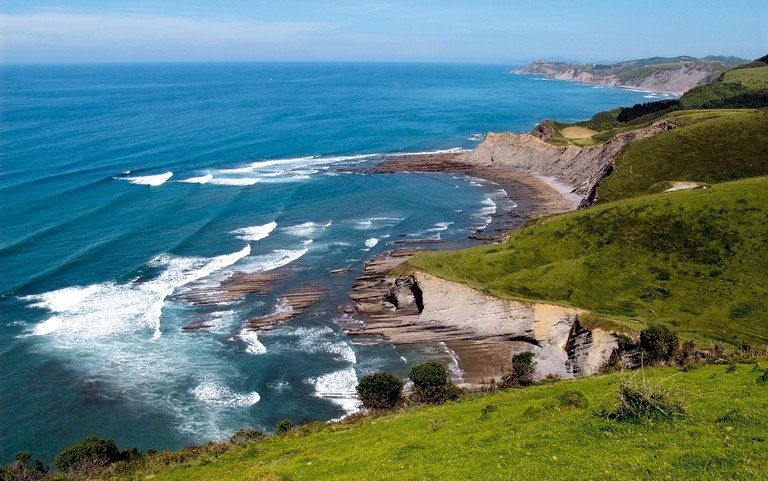
NATURE
The interior of the Debabarrena region is also packed with places in which to enjoy nature. Starting from the interior of the Geopark, the Olatz and Lastur karst valleys, to the Dolmen Route on the border between Elgoibar and Soraluze, there are corners for all tastes. Without forgetting the region’s wide range of trekking options. See what nature has to offer in the Debabarrena region here.
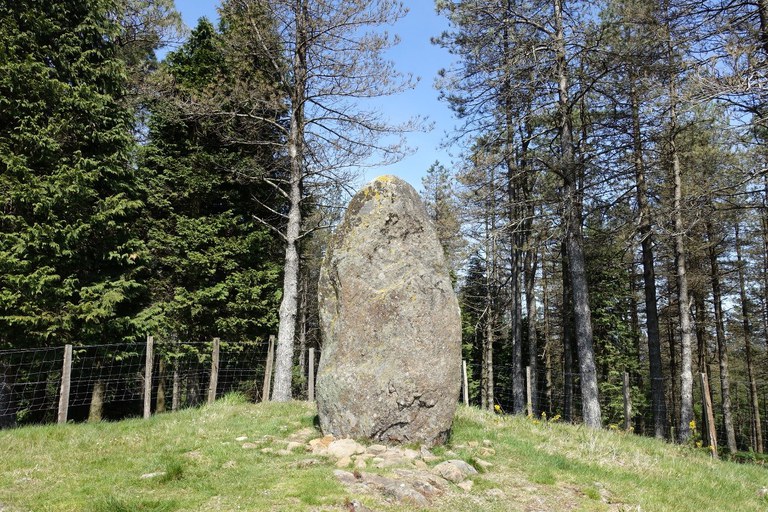
HERITAGE
To round off your visit to the Museum and learn more about the context in which industry developed in the Debabarrena region, a visit to the Elgoibar Machine-Tool Museum is essential. This museum features a machine room dating from the early 20th century, as well as the reproduction of an old forge with explanations of the foundry process.

Another of the singular museums in the Debabarrena region is the Nautilus Interpretation Centre, in Mutriku, with an immense collection of marine fossils found in the Geopark. Worthy of mention with respect to architectural heritage is Saint Mary’s Church in Deba and Arrietakua Palace, which you can visit on the guided tours organised by the Geopark.
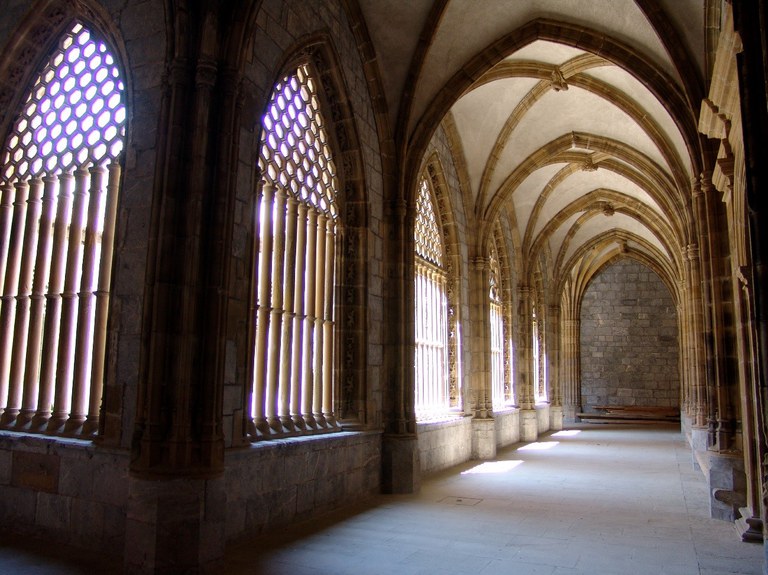
GASTRONOMY
Debabarrena has local produce of the very highest quality, starting with one of the oldest chocolate factories in the Basque Country, Chocolates de Mendaro, up and running since 1850. February sees the celebration of San Blas, the day on which many families bake the typical biscuits eaten at this time. And in November, Tripontziak, an initiative offering a menu of local, seasonal produce, is served at a price of €28 in numerous restaurants. Not to forget the Txakoli wine vineyards, organic cider houses, fish preserves, cheese factories and much more. Treat your palate all year round in the Debabarrena region. See where to eat and sleep here.
